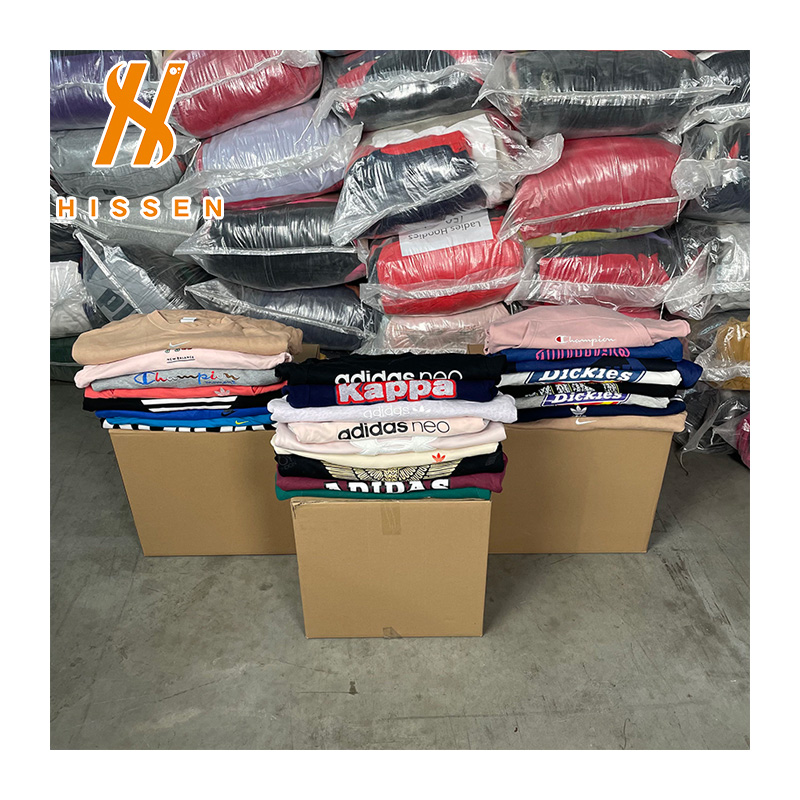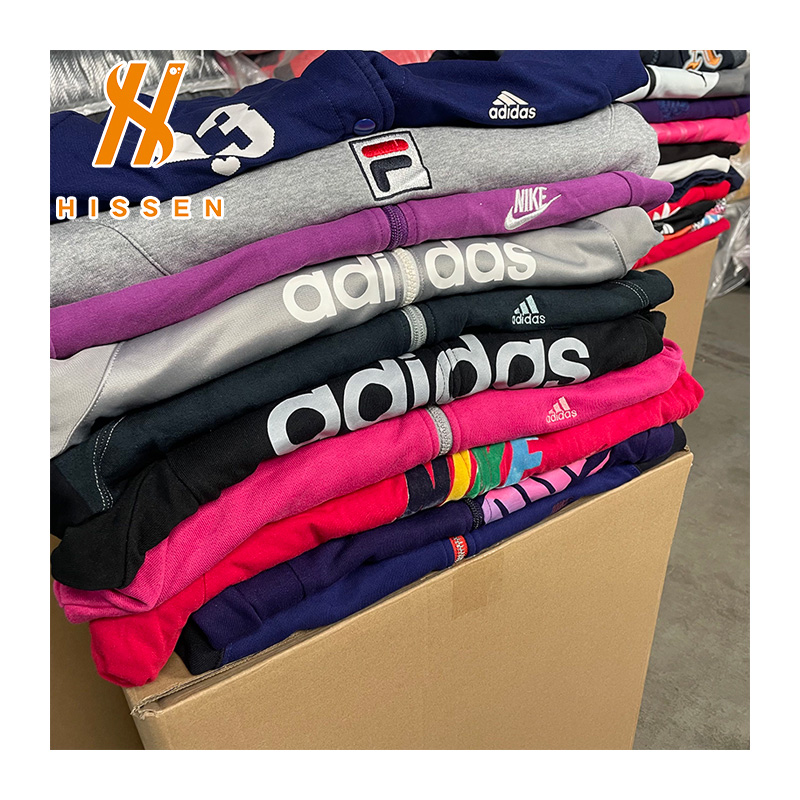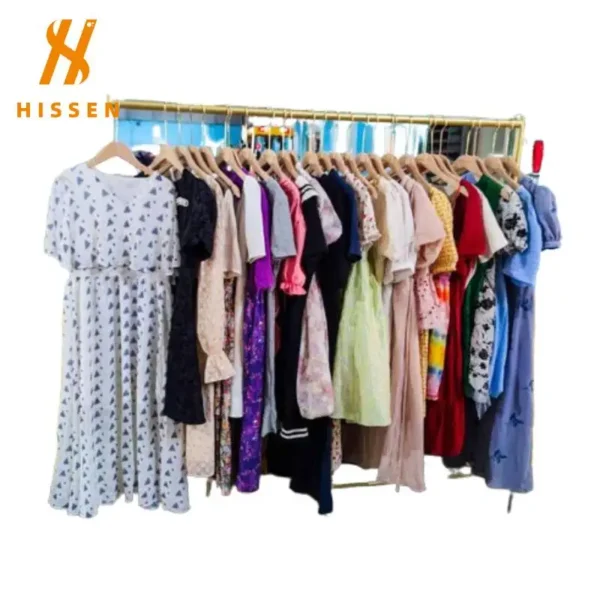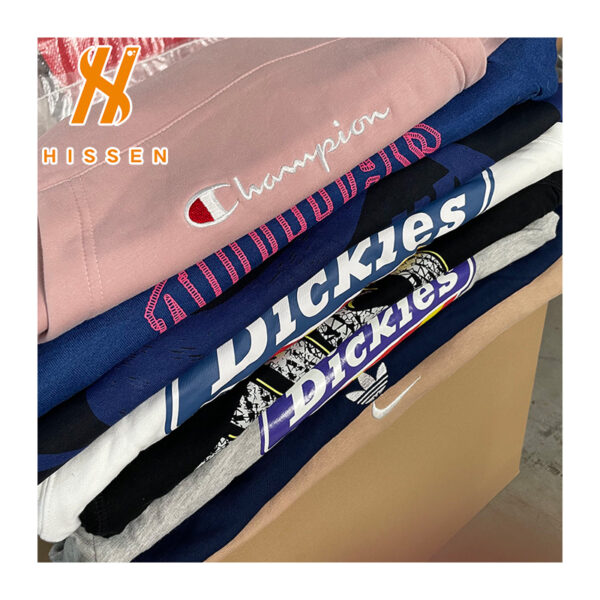I. Introduction
Running a Ukay Ukay business has become one of the most competitive opportunities in the second-hand retail world, especially as more B2B buyers, resellers, and wholesalers realize the profitability of recycled fashion. Even without constant investment in new production, a well-organized Ukay Ukay store can maintain steady turnover and predictable sales volume.
However, strong competition and unpredictable sourcing quality can make it difficult to consistently improve profit margins. Boosting sales in a Ukay Ukay business requires not only efficient store operation but also professional sourcing strategies, merchandising, inventory control, and brand positioning.
This guide outlines practical, B2B-driven strategies to help wholesalers and store operators improve sales performance, build long-term customer loyalty, and strengthen brand competitiveness.
II. Understanding the Ukay Ukay Business Model
The Ukay Ukay retail model focuses on selling graded second-hand goods—such as used clothes, used bags, and used shoes—from overseas suppliers. The business works through bulk sourcing at wholesale price, sorting the products based on style or quality, and then reselling at higher value.
To fully understand how the Ukay Ukay industry began and why it remains popular, here is an additional educational resource. for more information, see our article What is the Full Meaning of Ukay-Ukay?

III. Strengthen Your Sourcing Strategy
Work With Reliable Bulk Suppliers
In the B2B environment, sourcing determines everything. Consistent quality, stable supply, and predictable lead time allow retailers to maintain steady stock rotation and avoid stock-outs. When sourcing, consider checking local partners that specialize in import and distribution. A strong wholesale option is to work with a trusted Ukay Ukay Supplier in Philippines that can provide regular shipments and consistent quality. Poor sourcing leads to:
- Lower turnover rate
- Increased unsold stock
- Higher operational costs
Choose suppliers that offer style variety
Instead of choosing random bales, select suppliers that can sort inventory based on your target market, such as:
- Casual wear
- Children’s wear
- Branded fashion
- Shoes & accessories
Clear category selection helps match your inventory to customer expectations, improving sales speed.
IV. Improve Visual Merchandising and Store Layout
Retail psychology plays a major role in purchasing behavior. Even when dealing with second-hand fashion, customers are willing to pay higher if the presentation looks premium.
Organize inventory by category, style, and color
Instead of mixing different product styles together, use grouping:
- Tops + bottoms section
- Color grouping for a modern, “curated boutique” look
- A dedicated section for new arrivals
A visually appealing store creates a sense of excitement and encourages browsing.
Display completed outfit sets
Rather than showing individual items, create matching looks. Example: Pair denim skirts with a floral blouse and a handbag.
This helps customers visualize styling possibilities, increasing cross-selling opportunities in your Ukay Ukay business.

V. Use Pricing Strategies That Match Customer Behavior
Price by quality category
Instead of one-price-fits-all, implement tiered pricing:
Premium/grade A: higher price
Regular/grade B: mid-price
Clearance or seasonal: discount
Tiered pricing increases total revenue and optimizes inventory turnover. Rotating promotions can generate urgency. Examples include:
- “New stock Friday”
- “Pay per kilo day”
- “Mix-and-match bundle offer”
These pricing models are powerful for both walk-in and online resellers.
VI. Leverage Digital Sales Channels
Many Ukay Ukay retailers focus heavily on physical stores and underestimate online channels. By digitizing operations, the business can scale beyond local buyers. Live selling helps increase conversion by showing actual condition and quality. Suggested content strategy:
- New arrival preview
- Outfit try-on
- Styling tips
Instead of just posting products, build repeat engagement:
- Fashion tips
- Sustainability content
- Customer appreciation posts
Consistent posting positions the business not only as a reseller but as a sustainable fashion curator.
VII. Build Your Own Category Specialization (Niche Positioning)
Rather than selling everything, create a niche identity:
- “Vintage denim expert”
- “Kids fashion reseller”
- “Luxury second-hand bag curator”
Buyers trust specialists more than general merchandise sellers. A defined niche increases brand authority and perceived product value.

VIII. Implement Efficient Inventory Rotation
Efficient inventory rotation is crucial in the Ukay Ukay business to maintain freshness and drive continuous sales. Apply FIFO (First-In-First-Out) by rotating stock regularly, placing older inventory at eye level while positioning new arrivals at premium display areas.
Weekly micro-audits help retailers monitor slow-moving items, identify fast-selling categories, and adjust to seasonal demand, enabling better sourcing planning and preventing overstocking. Beyond inventory control, growth can be accelerated through B2B partnerships, such as working with market resellers, pop-up event sellers, and fashion bazaar distributors, and offering flexible bulk pricing to partners who purchase regularly.
Finally, enhancing customer experience and after-sales service builds loyalty and repeat business—simple practices like offering returns on defective items, even in second-hand operations, help build trust, while clear labeling including size, category, and short descriptions increases shopping efficiency and improves conversion rates.
IX. Conclusion
Boosting sales in a Ukay Ukay business requires more than just sourcing. Sales growth comes from:
- Working with reliable suppliers
- Premium merchandising
- Digital selling strategies
- Efficient inventory rotation
- B2B channel expansion
With a clear sourcing strategy and strong operational discipline, the Ukay Ukay business can create predictable sales growth and sustainable profitability in the long term.



